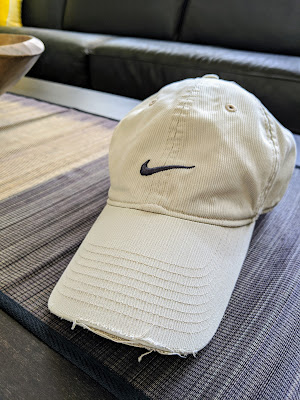I joined the Overseas Study Club soon after I enrolled at my university. We spent our first summer break in eastern Hokkaido. (It felt like a foreign country to a girl from Kagoshima.) We traveled to S. Korea during the following spring break. (The first time I got my passport.) When we were having a great time at a tourist site, a group of young Korean guys walked up to us and started telling us what the Japanese did during WWII. It felt like a bucket of ice water dumped on me. Because I knew nothing about it, I did not know what they were saying was true or not. Realizing how ignorant I was about Japan, I spent the following summer break in Kyoto and Nara, walking around everywhere visiting many shrines, temples, gardens, paths, and historical sites. I tried to take in art, culture, history and everything else.
My anthropology professor asked me to assist a researcher do her fieldwork around Kagoshima. She was an Italian American at Oxford U, doing her research at Tokyo University. So, I spent my third summer break with her visiting all over Kagoshima, some well known but mostly remote places I had never been to. Her research was about people’s perception of spirit after death; we met and interviewed many locals, mostly old, including monks and priests. We also visited my hometown and stayed at my parents’ house. Before we left, my very proud Japanese father took me aside and told me he approved of her even though she was not Japanese.
I ended up taking all the necessary credits to graduate in three years. (Back then, universities in Japan were hard to get in, but easy to graduate.) I also did various part-time jobs to supplement my living expenses, fund my travelings, and save for my eventual trip to Australia. By then, I had saved up enough chunk to let me go. The problem was that I have not found any reasonable resources or reasons to convince my father to let me. Australia was still a faraway land.
My high school and its Jr. college where my father wanted me to attend were near my university. The Jr. college had three English teachers from the U.S. They were my friends. They encouraged me to go to America instead. My economic geography professor, who was in charge of my degree, was supportive as well. So, in my senior year, I spent six months traveling around many parts of the U.S. and Canada, met up with many people, and did some research along the way. I went back to Kagoshima, wrote my thesis and graduated in four years.
I worked at a small company that operated homestay and exchange student programs. It located yet walking distance to my university. One day, I came across information via my university club mate about a British based youth adventure program. I applied and went through multiple selection processes. To my surprise, I was selected to participate in this all-expense-paid project in, none other than, Australia.
Finally, I was in my dreamland. Three months in Kakadu National Park and Bathurst Island in the Northern Territory, exploring Aborigineese wall paintings, laying freshwater pipelines and building small rock pool for Aborigineese children...I was in heaven. We worked hard to our physical limit almost every day, shared incredible moments in harsh natural conditions, slept under the sky full of bright southern stars, in a mosquito net, on a cot, in outback bushland. We developed life long friendships.
After the project, I traveled around Australia for a month, then went back to Japan, determined to be back to Downunder with a proper job and a visa. I did not go back to Kagoshima. Instead, I stayed in Tokyo and looked for a job. When I saw a wanted ad by Qantas Tokyo office, I felt something was helping me. I got my dream job. I was blessed with a wonderful boss and a super nice big boss. Most of my colleagues were at least two decades older than me, and I learned a lot very quickly. I loved my job. I loved the Qantas culture. I was working my way to eventually move to Australia with my job.
Then, life happened.

